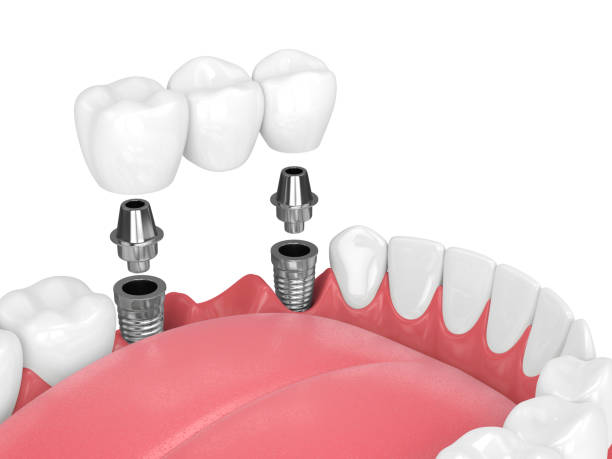For many students and young professionals, finding the right path into the healthcare industry can feel challenging. While medical school or nursing programs are the more obvious routes, there are other meaningful ways to gain exposure, build experience, and prepare for a future career in medicine. One increasingly valuable role is that of the virtual medical scribe. This position not only provides an opportunity to work closely with physicians but also opens the door to understanding clinical workflows and patient care at a much deeper level.
The Role of a Medical Scribe
A medical scribe is responsible for documenting a physician’s interactions with patients. Instead of the doctor dividing their attention between charting and patient care, the scribe ensures that every detail of the encounter is accurately recorded. This may include patient histories, physical exam findings, treatment plans, and follow-up notes. By keeping the records precise and timely, scribes help streamline the doctor’s work, allowing them to focus more on direct patient engagement.
For aspiring healthcare professionals, this role offers more than just clerical experience. It gives them first-hand insight into the day-to-day responsibilities of doctors, nurses, and other clinicians. Scribes get to observe how diagnoses are made, treatments are prescribed, and how doctors communicate effectively with patients and their families.
Virtual Medical Scribe Opportunities
In addition to in-person roles, the rise of technology has introduced the virtual medical scribe. These scribes work remotely, often connected to the physician’s office via secure video or audio platforms. This arrangement has proven especially beneficial in busy practices, rural areas, or telemedicine settings where on-site support may not be possible.
For students or professionals exploring healthcare careers, virtual scribing provides flexibility. It allows them to participate in clinical documentation from different locations, gaining similar exposure to medical workflows without being physically present. This option also broadens opportunities for individuals who may not live near major hospitals or medical centers.
Why Scribing Is a Stepping Stone into Medical Practice
Many students use medical scribe work as a bridge between their undergraduate studies and medical or nursing school. Unlike shadowing, which is often observational, scribing places individuals in an active role within the clinical setting. They become an integral part of the healthcare team and learn about the pressures and challenges providers face.
This experience helps aspiring physicians or physician assistants strengthen their applications to competitive programs. Admissions committees value candidates who have hands-on exposure to patient care and a demonstrated commitment to healthcare environments. Moreover, scribing develops strong medical terminology, clinical reasoning, and communication skills, all of which are vital for success in medical practice.
The Benefits for Students and Professionals
Working as a medical scribe offers several advantages beyond career preparation. First, it provides a steady income while remaining connected to a professional learning environment. Second, it allows individuals to network with doctors, nurses, and administrators who can later provide mentorship or recommendations.
Additionally, scribes build confidence in understanding complex medical conversations and systems. They gain a real-world perspective that textbooks alone cannot provide. For some, this role confirms their passion for medicine, while for others, it helps them decide if clinical practice is the right path.
The Growing Demand for Medical Scribes
As healthcare continues to adopt electronic health records and digital platforms, the demand for accurate documentation has grown significantly. Physicians often face overwhelming administrative tasks, which can lead to burnout. By employing both in-person and virtual medical scribes, hospitals and clinics reduce that burden, improving efficiency and patient satisfaction.
This increasing reliance on scribes creates more entry-level opportunities for those interested in medicine. It means that aspiring healthcare professionals have a practical way to immerse themselves in the field while contributing to the system in a meaningful way.
Conclusion
For anyone considering a future in medicine, becoming a medical scribe is one of the most direct and rewarding ways to gain exposure to clinical practice. Whether in-person or as a virtual medical scribe, the experience provides unique access to the inner workings of healthcare, valuable mentorship opportunities, and a deeper understanding of patient care. It is not only a job but a stepping stone toward a long and successful career in medical practice.







0 Comments